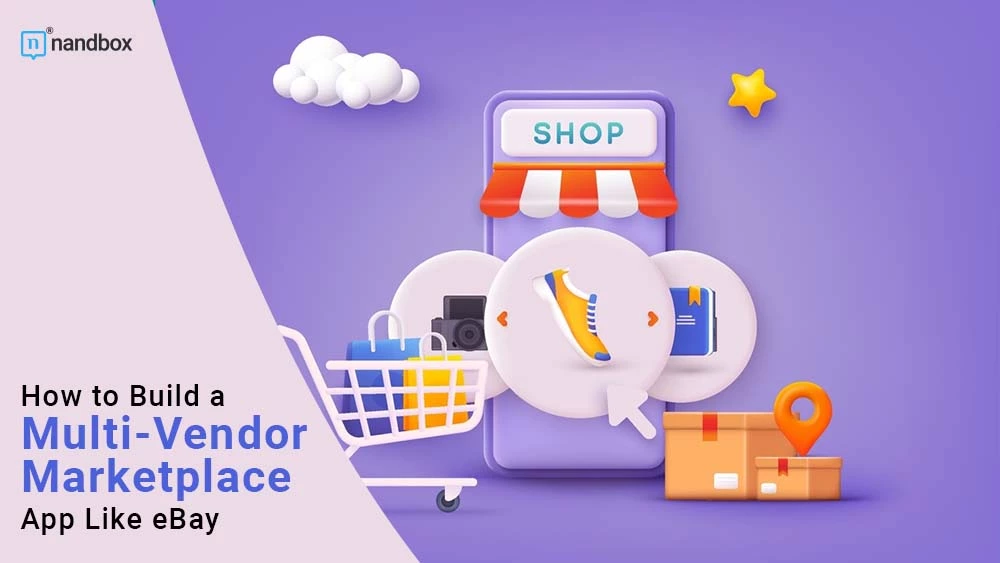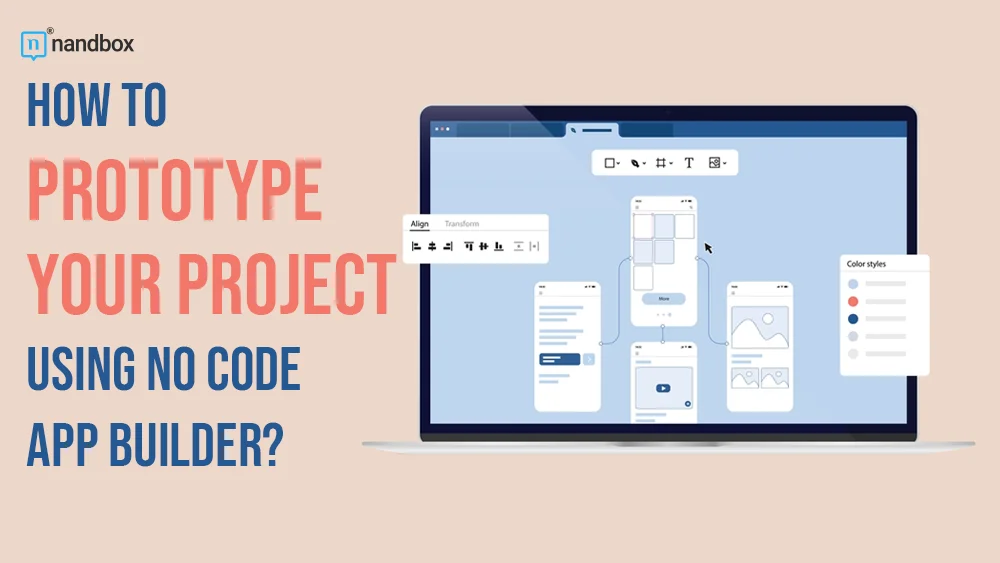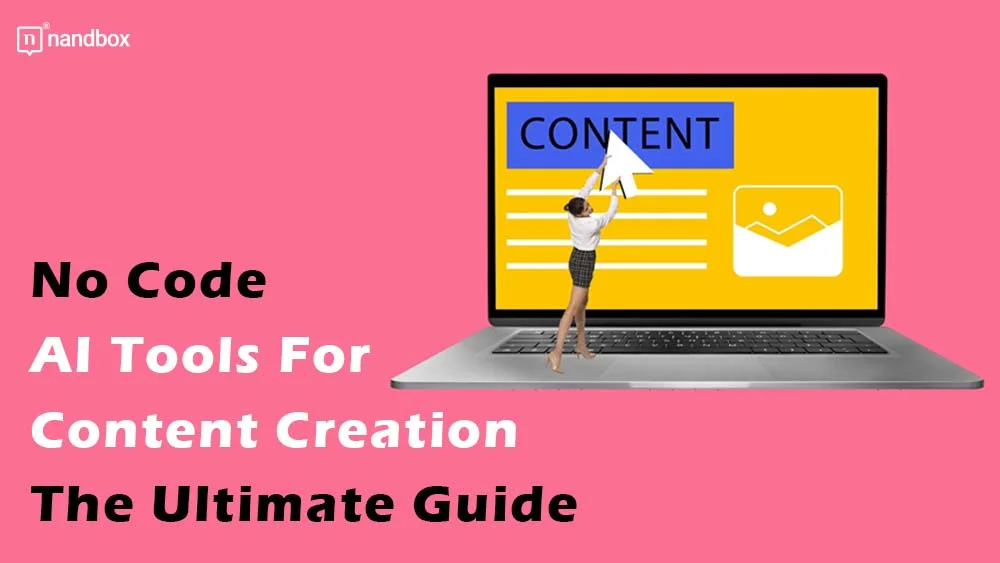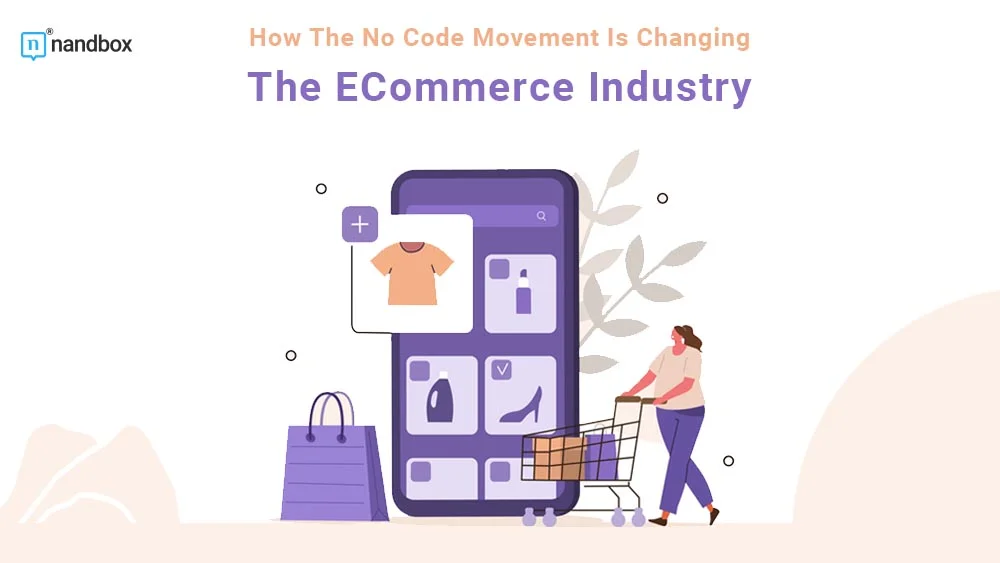How to Build a Multi-Vendor Marketplace App Like eBay
Online shopping is the new black these days. It has become very common lately, and with the 2020 pandemic, it has become very useful. Most of the business and e-commerce sectors are focusing on targeting people who find it easier to shop online when it comes to building their applications. Everything nowadays can be bought from the internet: food, clothes, and even medicine. From designing a user-friendly interface and developing secure payment features to marketing your product and managing customer relationships, a successful shopping marketplace requires extensive knowledge and preparation. Find out here exactly what it takes to build a multi-vendor marketplace app like eBay.
Research Your Target Market.
Start by researching your target market. What do they need and want from an online shopping platform? What are they most likely to use, and what features do they value the most? If you know more about your potential customers, you can make an easier-to-use interface and improve features for them. Researching will help you create an app that meets their needs and provides the best user experience possible. Mastering your research is also going to help you know your competitors and allow you to know what will be your unique selling point, or, in other words, what will make you different from others.
What Is eBay, and How Did It Start?
eBay is one of the leading e-commerce multi-vendor marketplace websites and was founded in 1995. eBay released its first iPhone app in 2008, making it one of the first businesses to offer services on mobile devices. A short while later, in 2011, eBay purchased Magento, one of the most well-known open-source e-commerce platform builders worldwide. highlighting the importance of robust Magento hosting solutions. With Magento in their toolbox, eBay had the ability to surpass their previous performance targets.
It’s All About the Strategy
It is evident that eBay developed a marketing strategy that has served them well and is still effective today. Their 174 million (and increasing) active users are a resounding affirmation of that. When there was no competition in the market, eBay stepped in and gained the first-mover advantage. The platform has kept its leading position in the industry by making modifications and enhancements.
By connecting seller and buyer, the company has been earning itself a billion-dollar profit for decades. Vendors can access an online store through eBay and explore both domestic and international user bases. In the same way, the platform connects buyers and foreign suppliers of goods so that everyone can save money. Although the network is free for consumers, eBay makes money from different transaction fees charged to sellers.
How to Build an App That Mirrors eBay’s Marketplace Success
The keyword to replicate eBay’s success is the word “features.” Your app’s features are going to either make it surf to the top of the list or make it one of many apps that are on the bottom list of either the App Store or the Play Store. Moreover, every change you make to your application configuration is one of the keys to your success. Here are some tips to help you build a successful e-commerce application:
Know Your Competitors
Know your competitors by conducting a detailed market analysis. Studying the market you’re competing in from all angles will give you insight into what mistakes you could be making and how to fix them without losing any of your progress. This is extremely essential when you’re building an e-commerce multi-vendor marketplace.
Compare and Analyze
Make a comparison of your weaknesses to those of your competitors and try to convert those weaknesses into strengths. You’ll become the industry leader as a result, and your app will advance more quickly.
Know Your Audience
Get to know your audience and their objectives. Dive into the market to determine your target audience, and by all means, dive deep into what people need. Knowing your audience’s objectives will strengthen your approach strategy.
Must-Have Features in Your Multi-Vendor Marketplace Application
Advanced search: This feature lets your customers search for your products using different criteria, making it easy for them to find their favorites or navigate their way between different sellers.
Loyalty and Competition: The loyalty wallet has a feed that customers can interact with to get them to join your loyalty program. Users can collect points in a digital wallet to redeem later with coupons or free products.
Trusted payment gateways (for checkout credibility): PayPal and Stripe are two examples of trusted payment gateways, as they have both proved that by gaining at least 400 million users globally.
Engagement Campaigns: You can run campaigns and offers using the feed feature to keep your clients interested all the time. With the help of this feature, you can create an immediate feed for your app that functions similarly to a Facebook page or Telegram channel and lets users like, share, and comment on your posts. This could increase your multi-vendor marketplace application’s engagement rates and publicity.
Talk to Admin: You can use this feature for sales inquiries or customer support by setting up a one-on-one chat with your customers and an admin that you choose.
Social Share Buttons: Customers can share their online purchases on Facebook, Twitter, Pinterest, and other sites by using social share buttons.
Auction Button: With this feature, your customers will be able to auction off the products they want through your auction services, and buyers will be able to simply bid on auctions and buy whatever they want through your services.
How Could nandbox Help You Through Your Multi-Vendor App Development Journey?
Building an application in the early 2000s was a hassle that people tried to avoid. According to most programmers and developers, you need to be well aware of coding and how it works in order to develop or build your app. But with the new no-code concept that multiple enterprises are following, app development has never been easier or less time-consuming.
We allow you to build your app at your own pace in minutes. With various features installed on a variety of templates, you’ll have the freedom to design your application with no need for a developer or anyone else to get the job done for you.
We’re with you every step of the way in nandbox. Our app builder’s documentation section includes a detailed step-by-step guide to assist you in developing your desired app without any difficulty. Now you can build the perfect e-commerce app using our simple drag-and-drop method that facilitates the development process.






